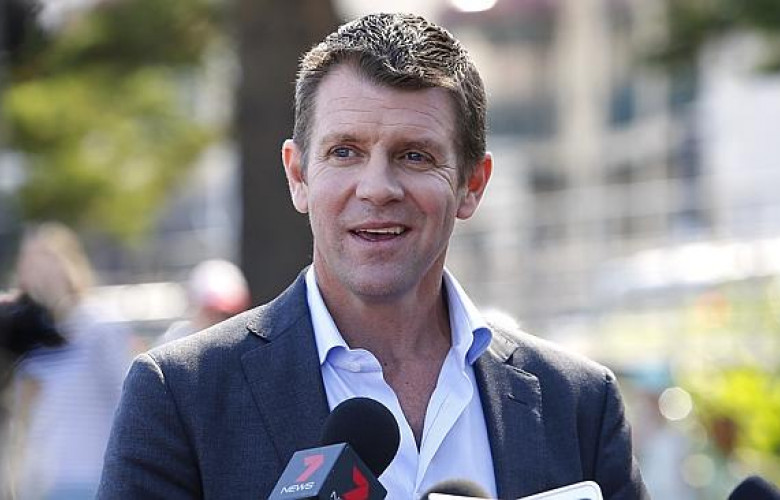Proposed NSW council mergers could create winners and losers
Contact
Proposed NSW council mergers could create winners and losers
Property investors should consider how NSW council mergers might affect prices and council rates.
This month, community consultation will begin on NSW Premier Mike Baird's proposal to shrink the number of Sydney councils from 43 to 25. The mergers are slated to take effect in March 2017.
The proposals are a significant change for NSW, and property investors should consider their ramifications.
“This is not going to be easy and I don’t think anyone can pretend otherwise,” said Baird when announcing the proposed boundary changes just before Christmas.
The proposal follows the Independent Pricing and Regulatory Tribunal's (IPART's) review, which, when handed down in October last year, found that nearly two-thirds of the state’s councils were not ‘fit for the future’.
While reducing the number of councils in NSW will create efficiencies overall, the effects will be felt differently suburb by suburb.
Some areas could benefit if folded into a more prestigious and affluent council, but council mergers that blend less-prosperous and lower-growth areas could compound problems in those suburbs.
Randwick and Waverley municipalities could benefit from being merged with harbour-side Woollahra council. Investors considering investing in the new combined council area, would be well advised to consider Little Bay or Malabar, rather than Point Piper or Vaucluse for capital growth.
The combining of Auburn and Holroyd, which lack industry or a significant commercial hub, seems likely to do little to help the area.
Parramatta, on the other hand, will benefit from capturing Sydney Olympic Park, Epping and Homebush. Parramatta’s boundaries will be moved to include suburbs that are slated to receive light-rail which could also be an advantage. The region seems set for further development and innovation.
Council rates are likely to change too. Some will see rates rise to bring them into line with partner councils, while others could see rates fall.





